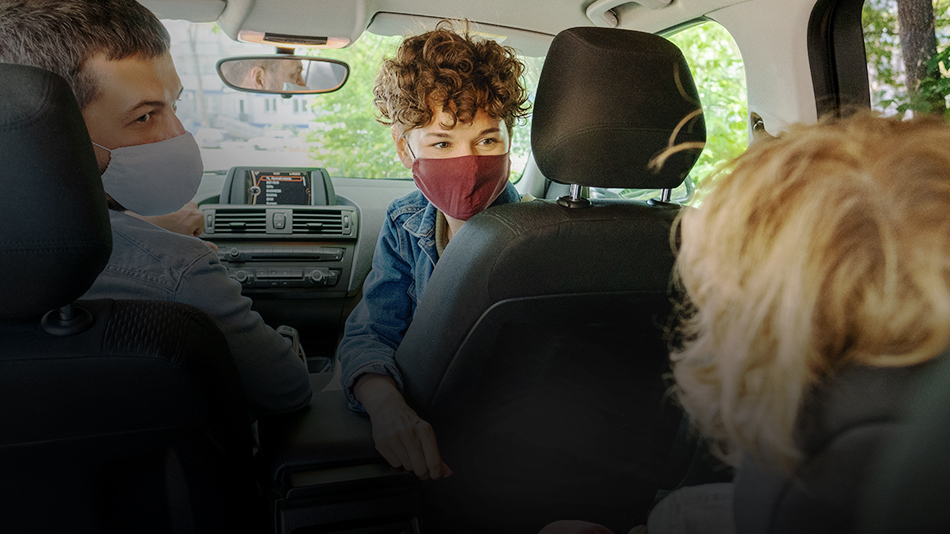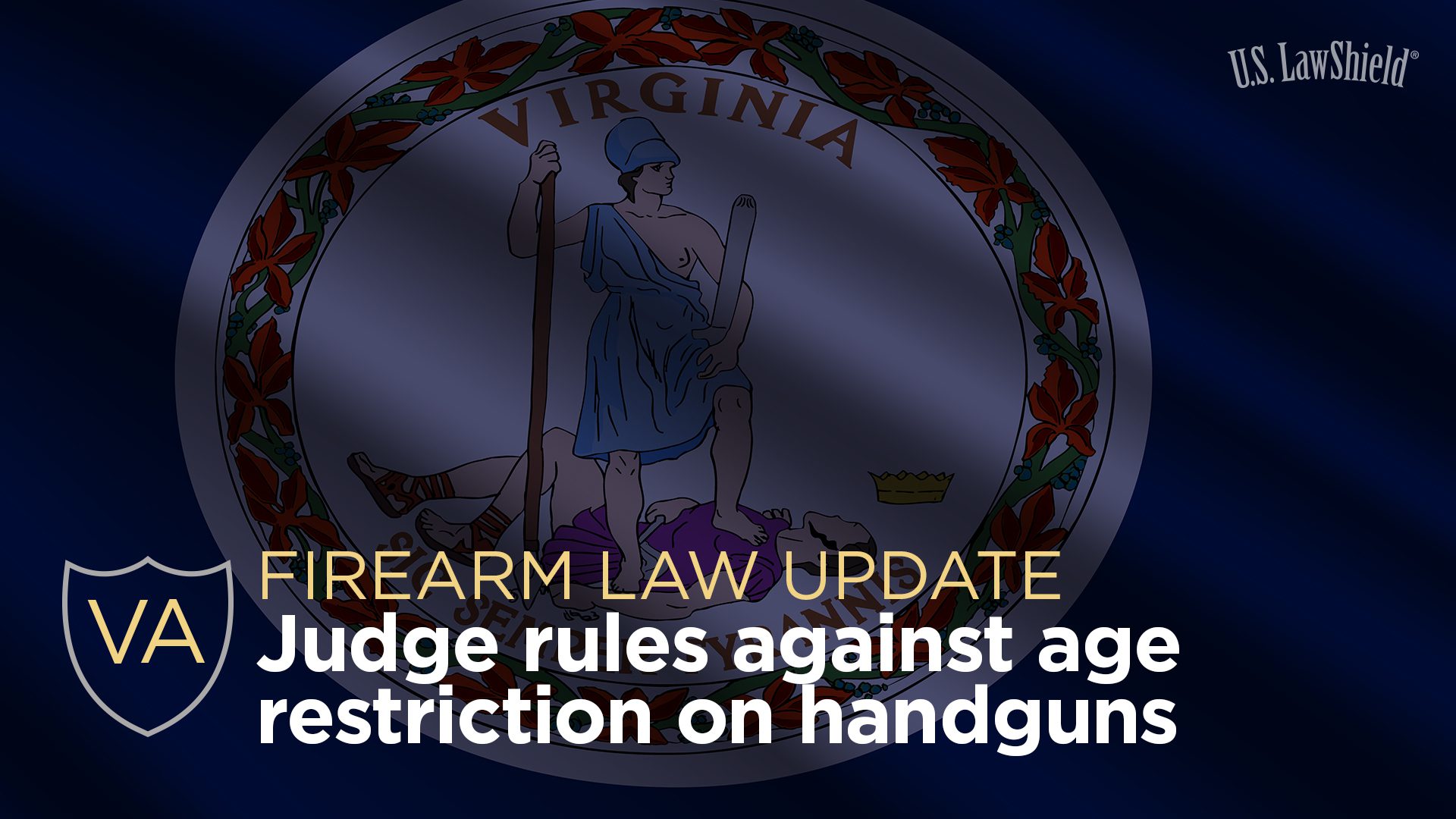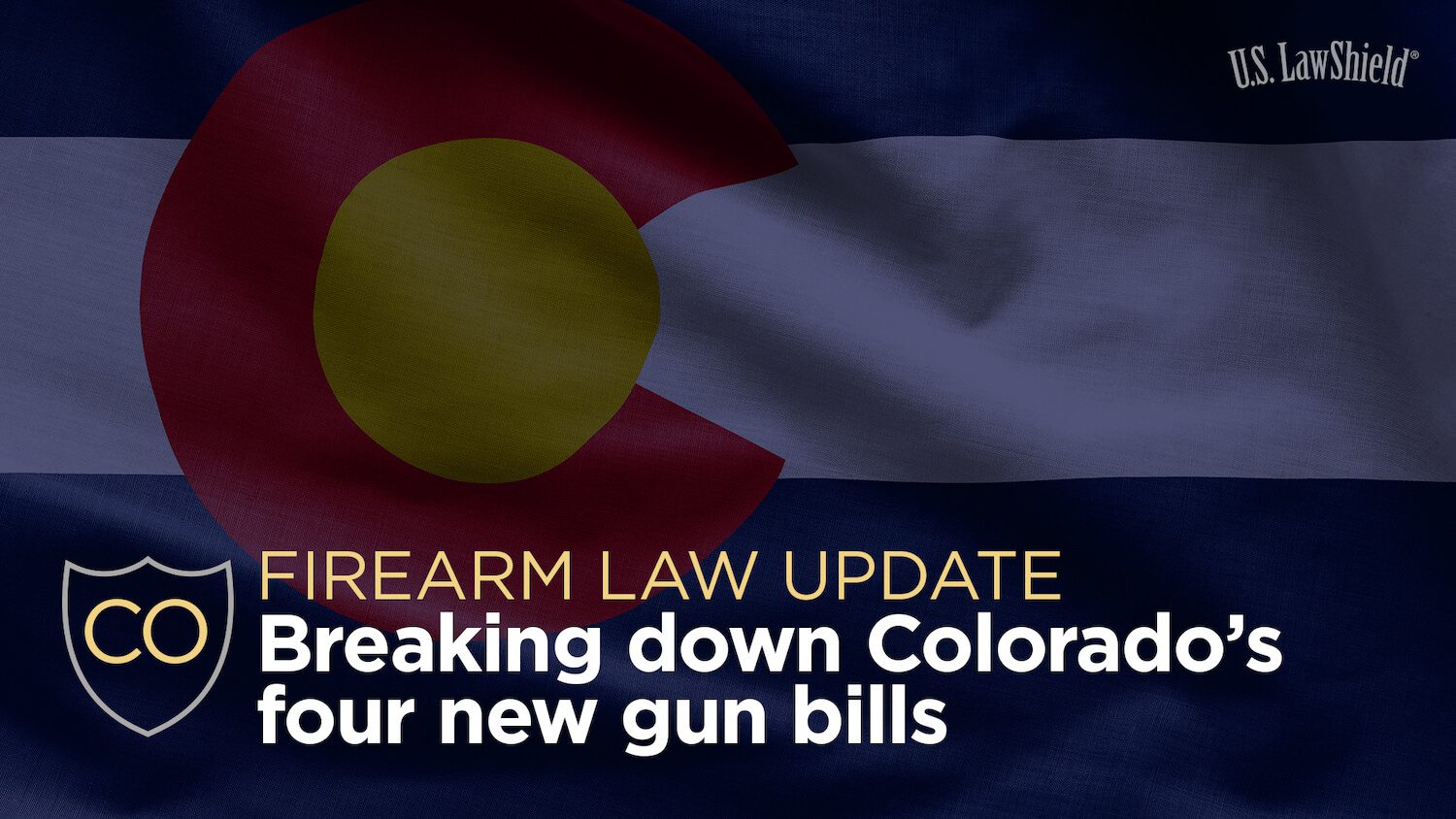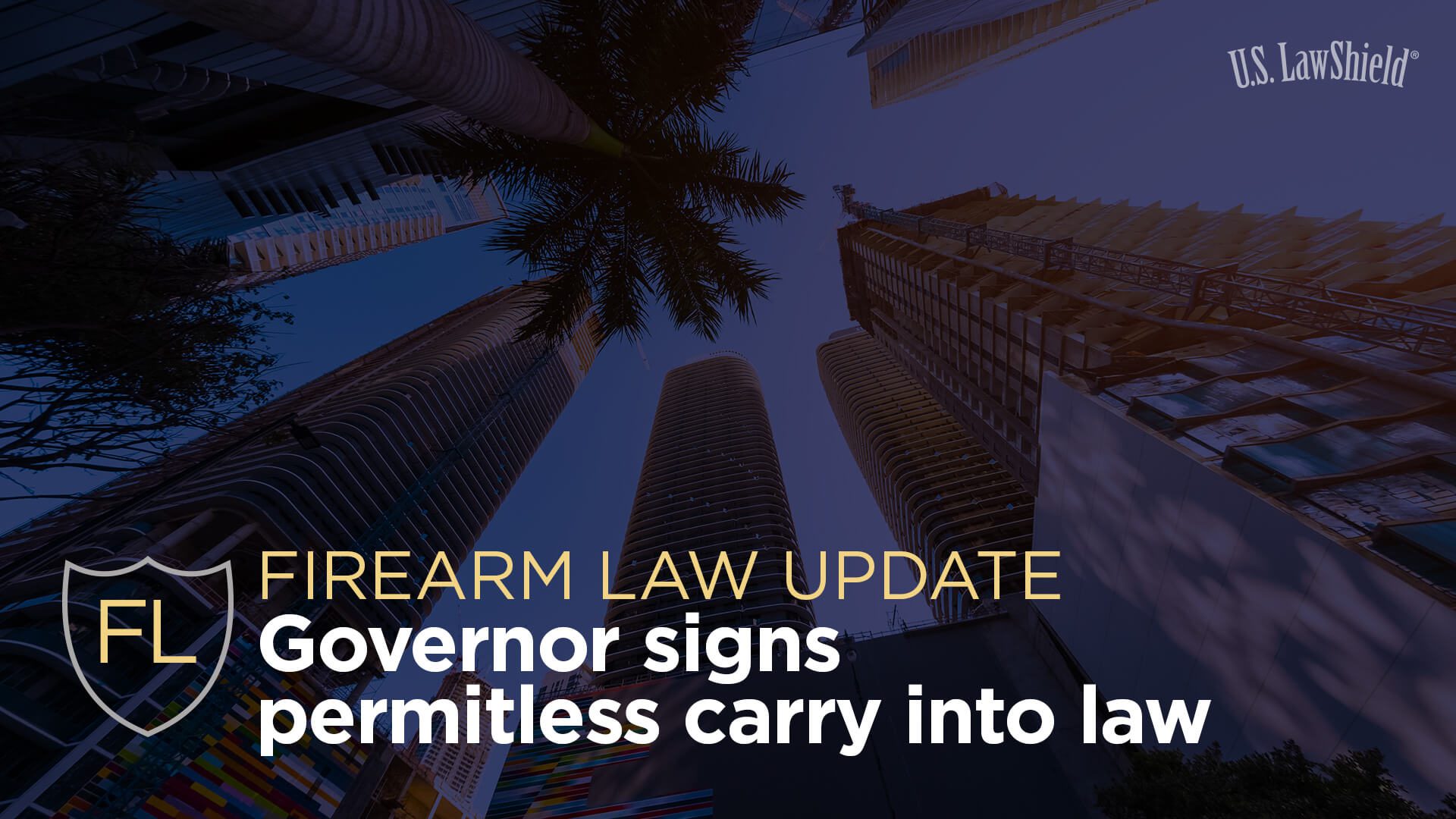
With the uncertain nature of whether children will or will not return to school due to COVID-19, it is important to note that California law does not distinguish between a school being open versus closed as it pertains to a prohibition on possession of firearms within a “school zone.” Instead, the question remains whether a person possessing a firearm is within the “school zone.” If the definition is met, it is unlawful to possess a firearm in that location unless one of the exceptions applies, regardless of whether the school is not currently operational.
But What Constitutes A “School Zone?”
The following is intended to navigate lawful firearm owners through the thicket of California law as it pertains to possession of a firearm in a school zone.
California’s Gun-Free School Zone Act was enacted to specifically address the problem of school shootings by restricting possession of firearms in or near schools. Under this Act, now codified in Cal. Penal Code § 626.9, a “school zone” means “an area in, or on the grounds of, a public or private school providing instruction in kindergarten or grades 1 to 12, inclusive, or within a distance of 1,000 feet from the grounds of the public or private school.”
In California, it is unlawful for any person to possess a firearm in a place that the person knew, or reasonably should have known, is a school zone. There are a number of exceptions to this general rule, which can be found in Cal. Penal Code § 626.9. For the purposes of this discussion, the following five exceptions are likely the most common to apply to everyday firearm owners. A person may possess a firearm in a school zone only if one of the following situations applies:
- The firearm is an unloaded pistol, revolver, or other firearm capable of being concealed on the person and is in a locked container or within the locked trunk of a motor vehicle;
- A person is lawfully transporting any other firearm, other than a pistol, revolver, or other firearm capable of being concealed on the person, in accordance with state law;
- The person possessing the firearm reasonably believes that he or she is in grave danger because of circumstances forming the basis of a current restraining order issued by a court against another person or persons who pose a threat to his or her life or safety – but this exception does not apply to mutual restraining orders absent a finding of a specific threat to the person’s life or safety;
- Possession of the firearm is within a residence, business, or private property that is not part of the school grounds and possession of the firearm is otherwise lawful; or
- The person holds a valid license to carry the firearm (i.e., a CCW), and is carrying that firearm in an area that is not in, or on the grounds of, a public or private school providing instruction in kindergarten or grades 1 to 12, inclusive, but within a distance of 1,000 feet from the grounds of the public or private school.
Dual-Purpose Facilities
But what does this mean for possession of firearms in or near premises that are dual-purpose facilities? Many properties in California act as places of education and provide other services such as after-school activities, childcare, a place to worship, etc. California law does not distinguish these dual-purpose facilities from the general prohibition of firearms within a school zone. The best advice is to treat such facilities as a “school zone” for purposes of complying with the law.
Under federal law, there is likewise a prohibition on the possession of firearms within 1,000 feet of a public, parochial, or private school. A number of exceptions to this general prohibition are listed in 18 U.S.C. § 922(q)(2)(B). For the purposes of this discussion, the following are worth mentioning. This law does not apply to the possession of a firearm on private property not part of school grounds; if the individual possessing the firearm is licensed to do so by the state in which the school zone is located so long as the state requires that, before an individual obtains such a license, the law enforcement authorities of the state verify that the individual is qualified under law to receive the license; or that is not loaded and in a locked container, or a locked firearms rack that is on a motor vehicle.
3 Main Takeaways
It should now be obvious that California firearm laws pertaining to school zones are complex and may be difficult to navigate. However, the following are three main takeaways that all firearm owners should be aware of:
- Permit or no permit, handgun or long gun, you simply cannot carry on school grounds;
- If you have a permit, it is lawful to be within 1,000 feet of a school, but you still may not come onto school grounds; and
- If you do not possess a permit and are within a school zone, your handgun must be unloaded and secured in a locked container or in a locked trunk.
Regarding institutions of higher education, California law prohibits any person from bringing a firearm, loaded or unloaded, upon the grounds of a campus of, or buildings owned or operated for student housing, teaching, research, or administration by, a public or private university or college, that are contiguous or are clearly marked university property. Cal. Penal Code §§ 626.9(h); (i). The university or college is mandated to post a prominent notice at primary entrances on all noncontiguous property stating that firearms are prohibited. There is one important exception to the outright ban of firearms on higher education campuses. If the university or college president, his or her designee, or equivalent authority provides written permission to an individual authorizing that person to possess a firearm on campus property, that person is then exempt.
For any further questions about possession of firearms on a school campus, contact U.S. LawShield and ask to speak to your Independent Program Attorney.
The preceding should not be construed as legal advice nor the creation of an attorney-client relationship. This is not an endorsement or solicitation for any service. Your situation may be different, so please contact your attorney regarding your specific circumstances. Because the laws, judges, juries, and prosecutors vary from location to location, similar or even identical facts and circumstances to those described in this presentation may result in significantly different legal outcomes. This presentation is by no means a guarantee or promise of any particular legal outcome, positive, negative, or otherwise.




Good messages. Thanks for posting it.
Unless you’re a criminal. Then you’re able to carry anytime and go anywhere you want.